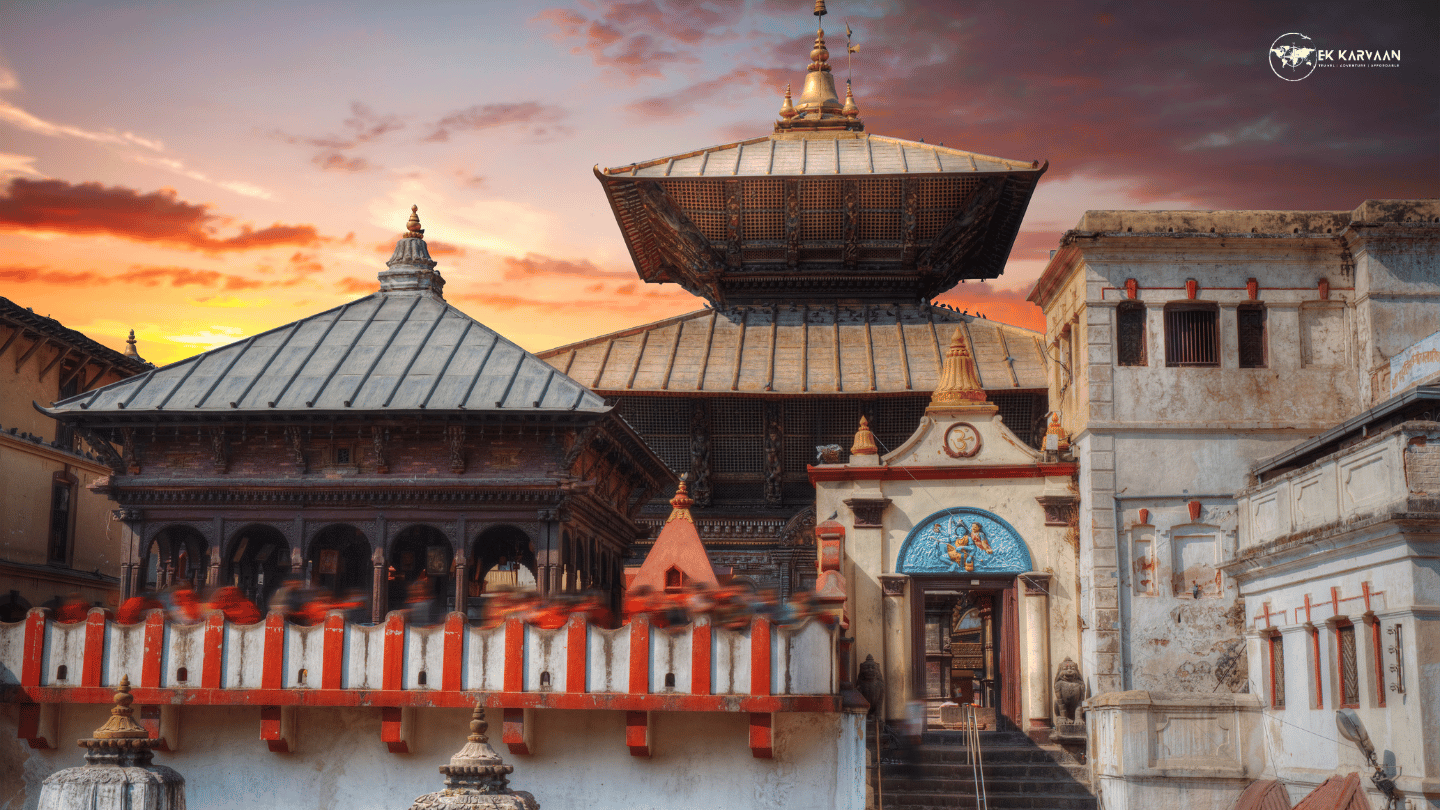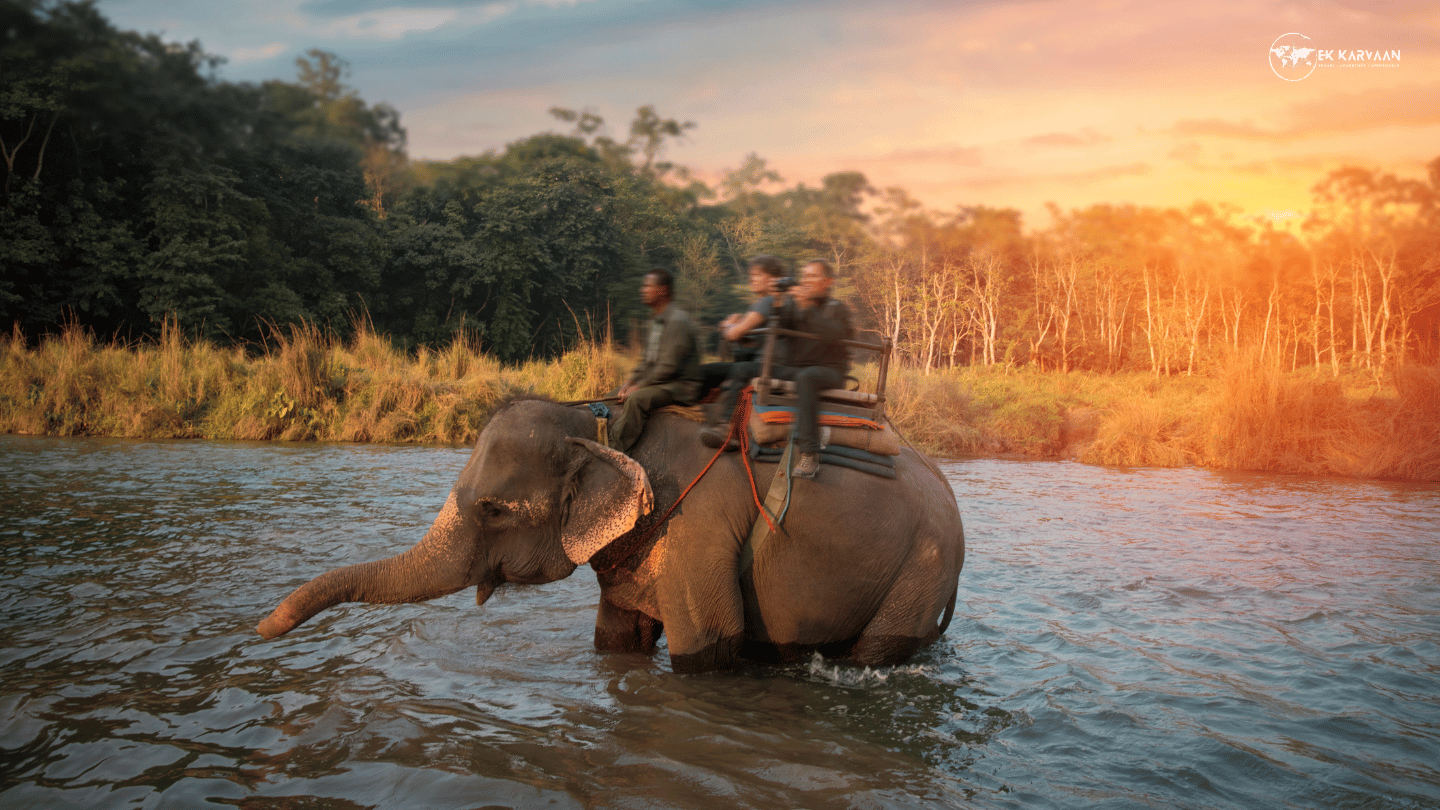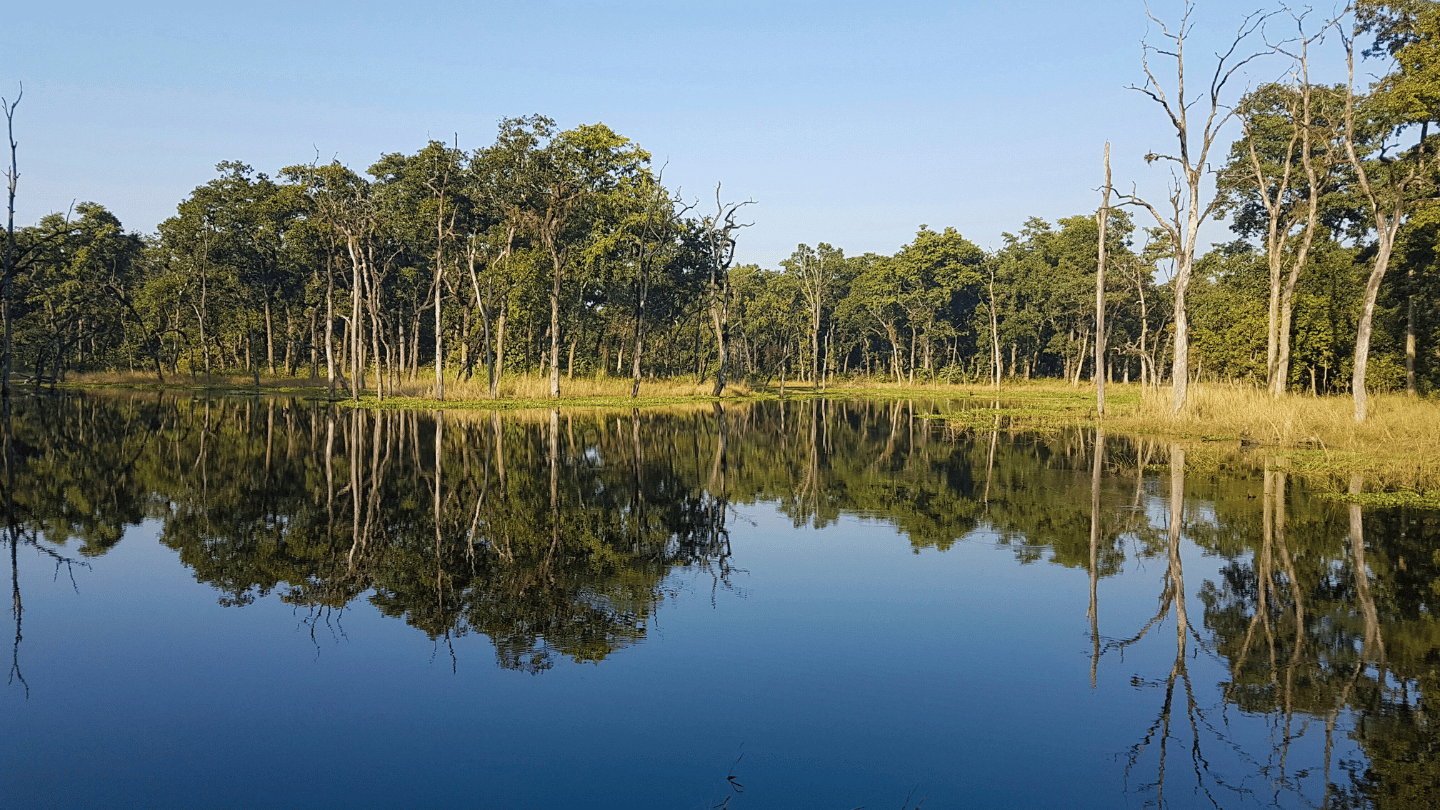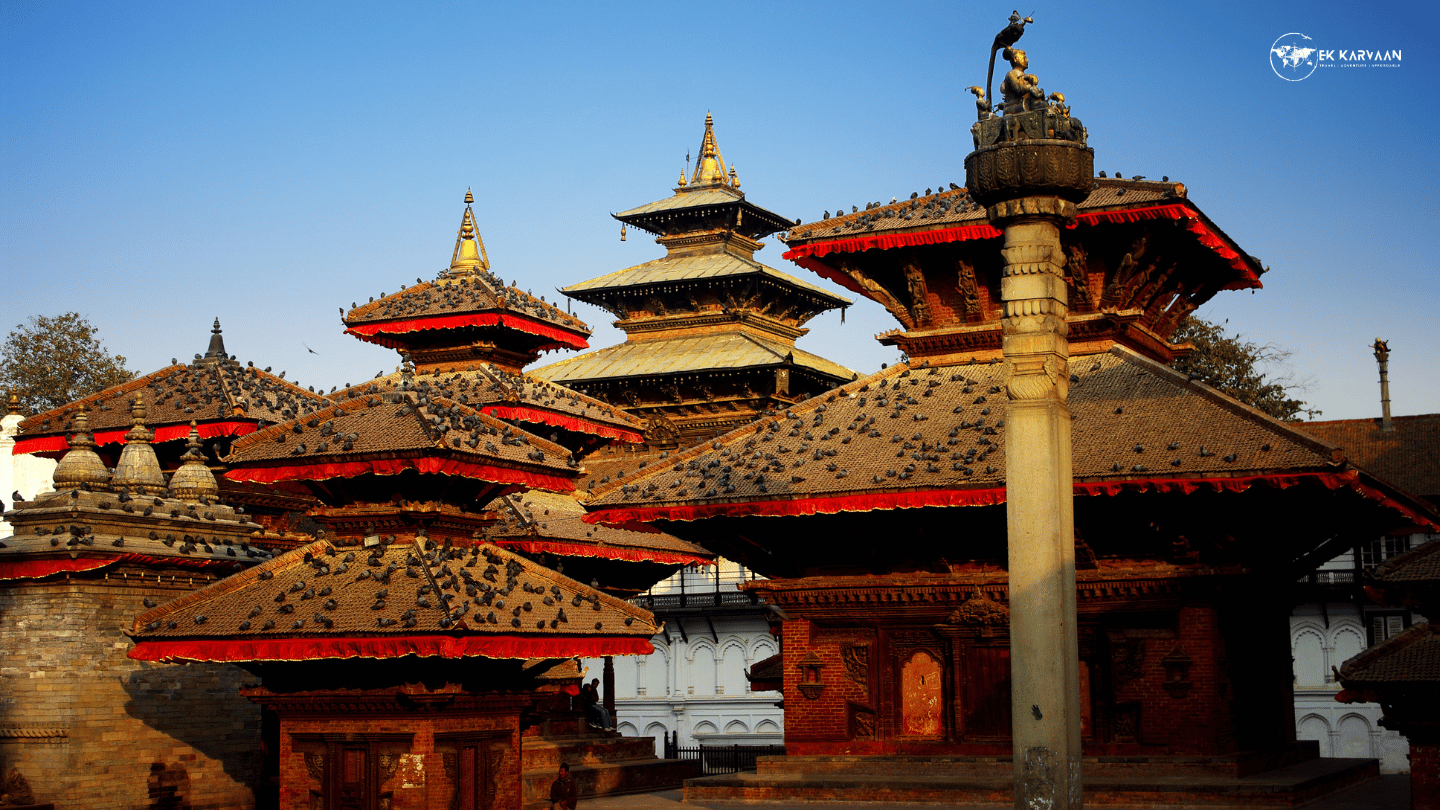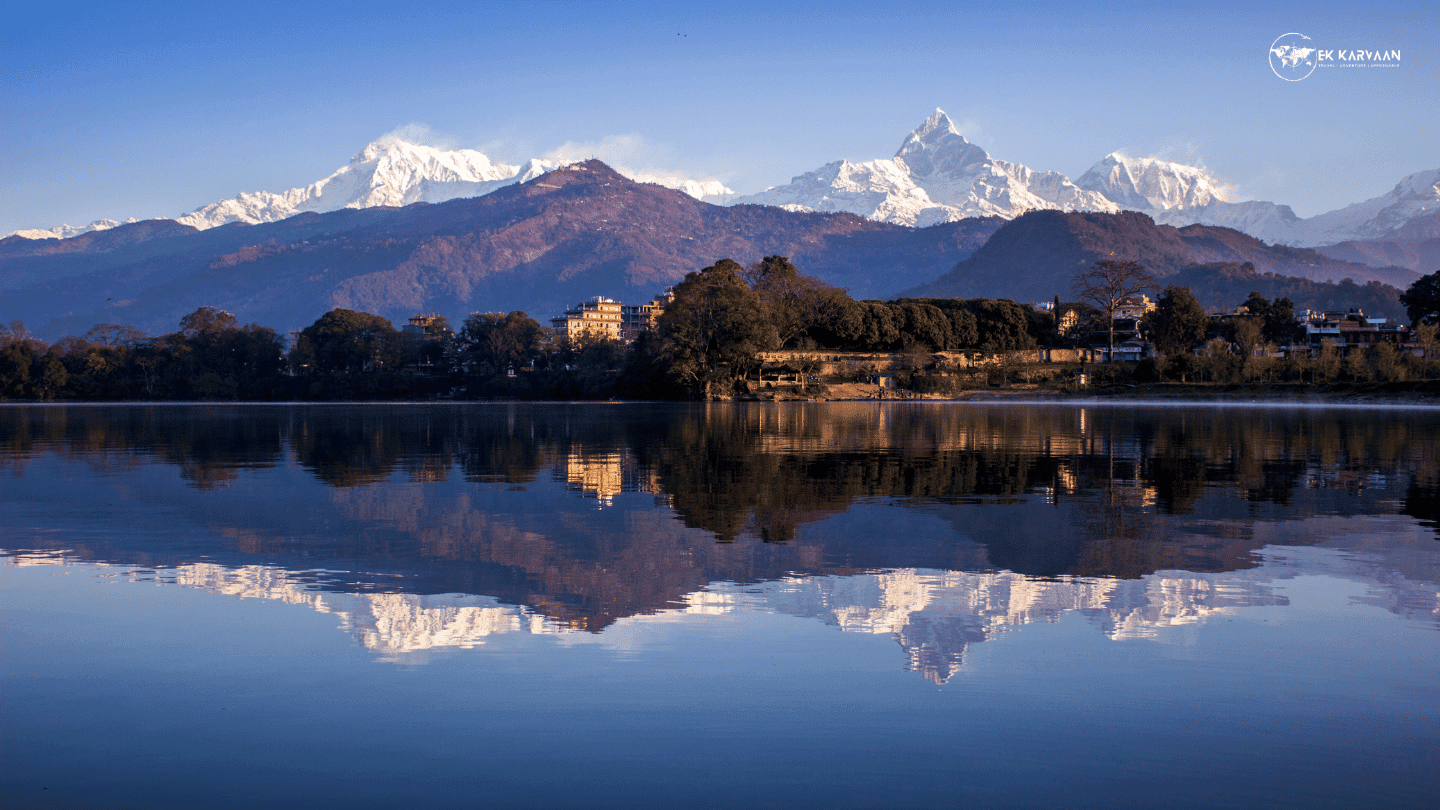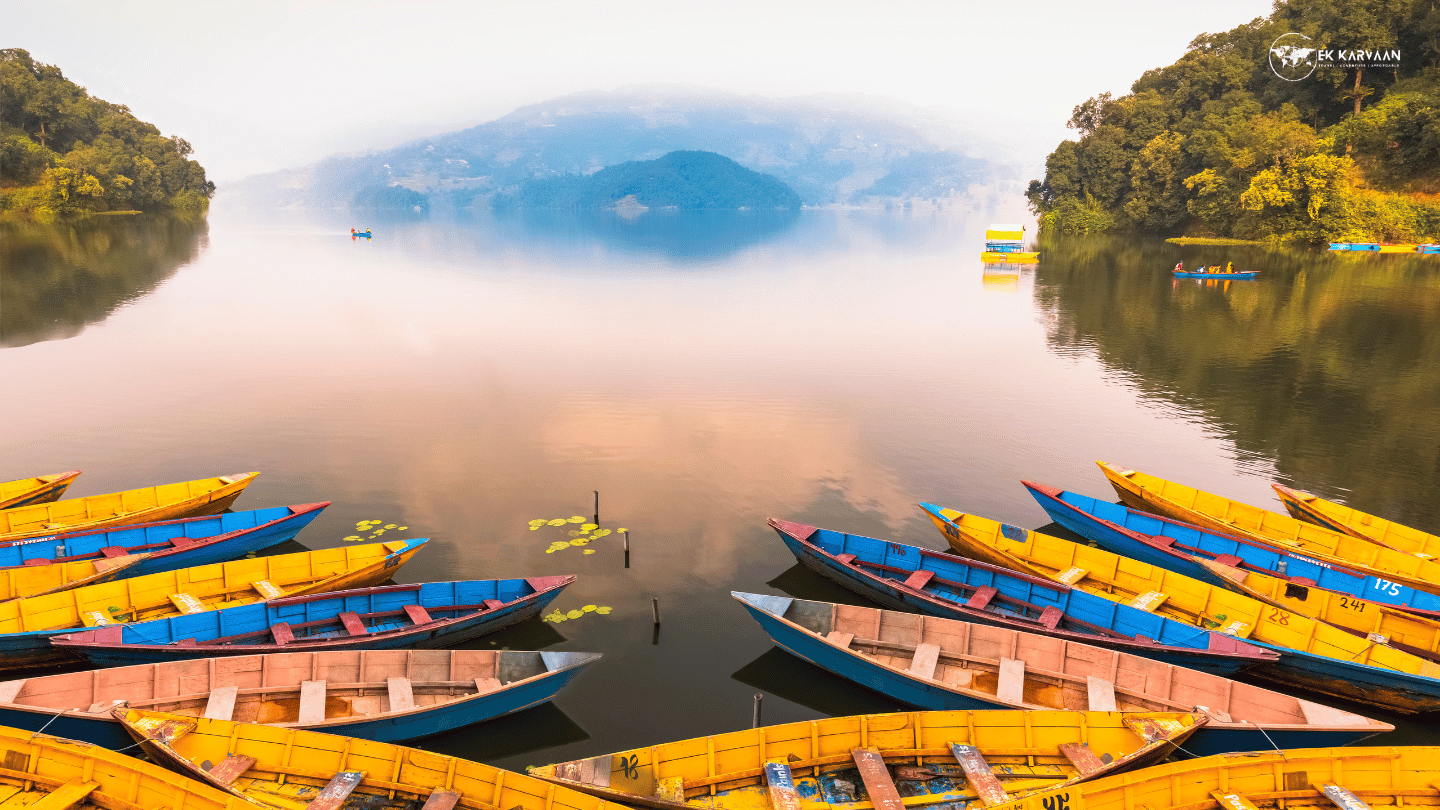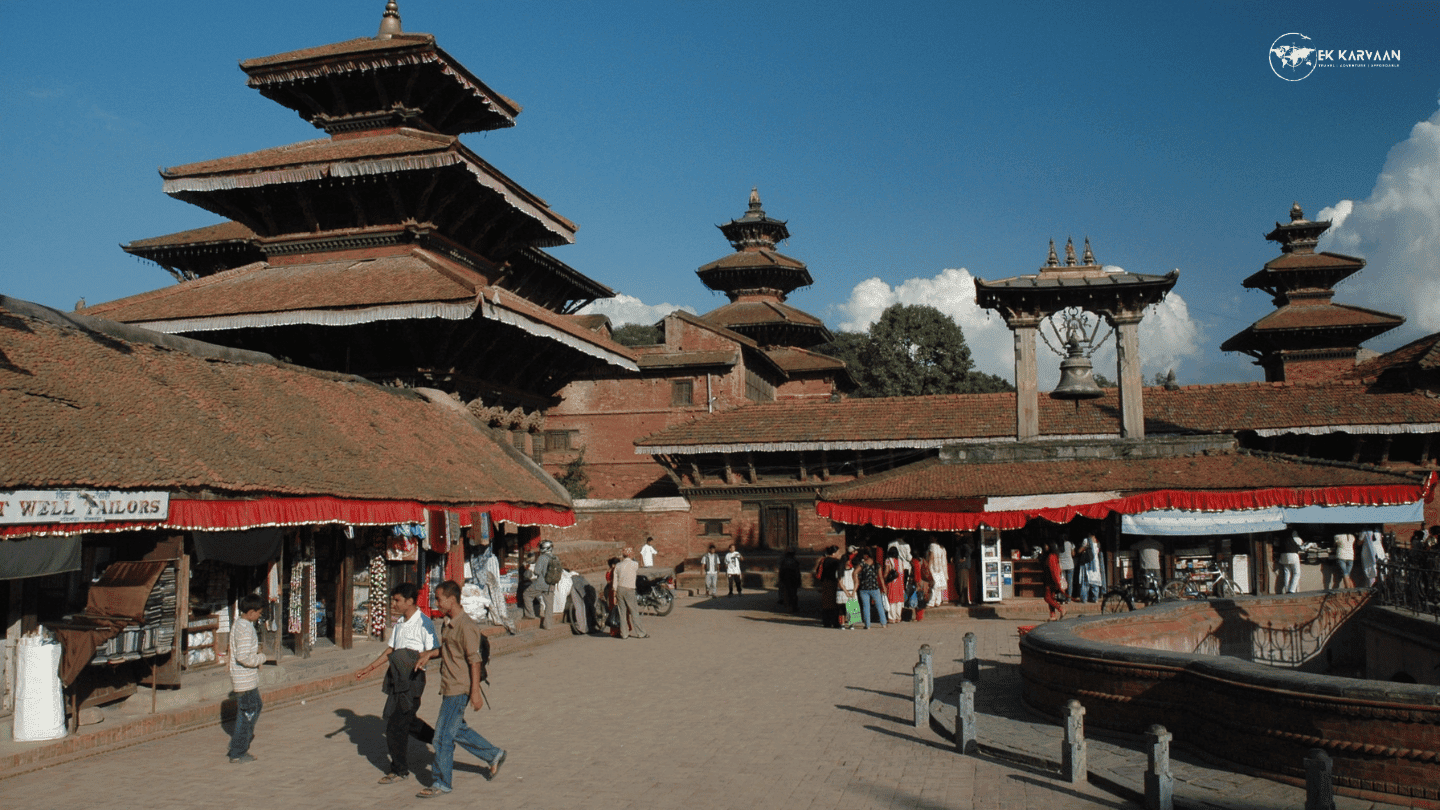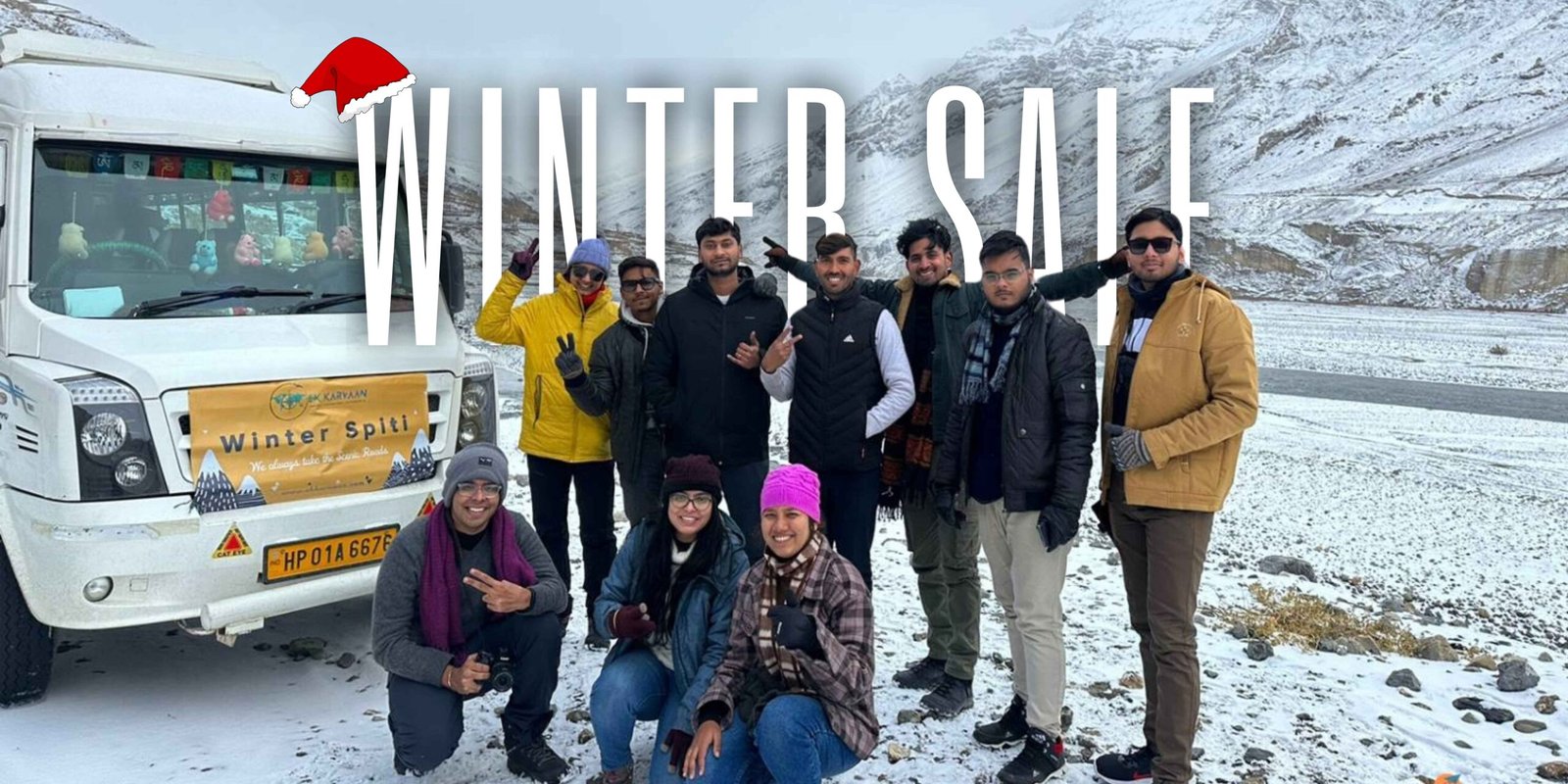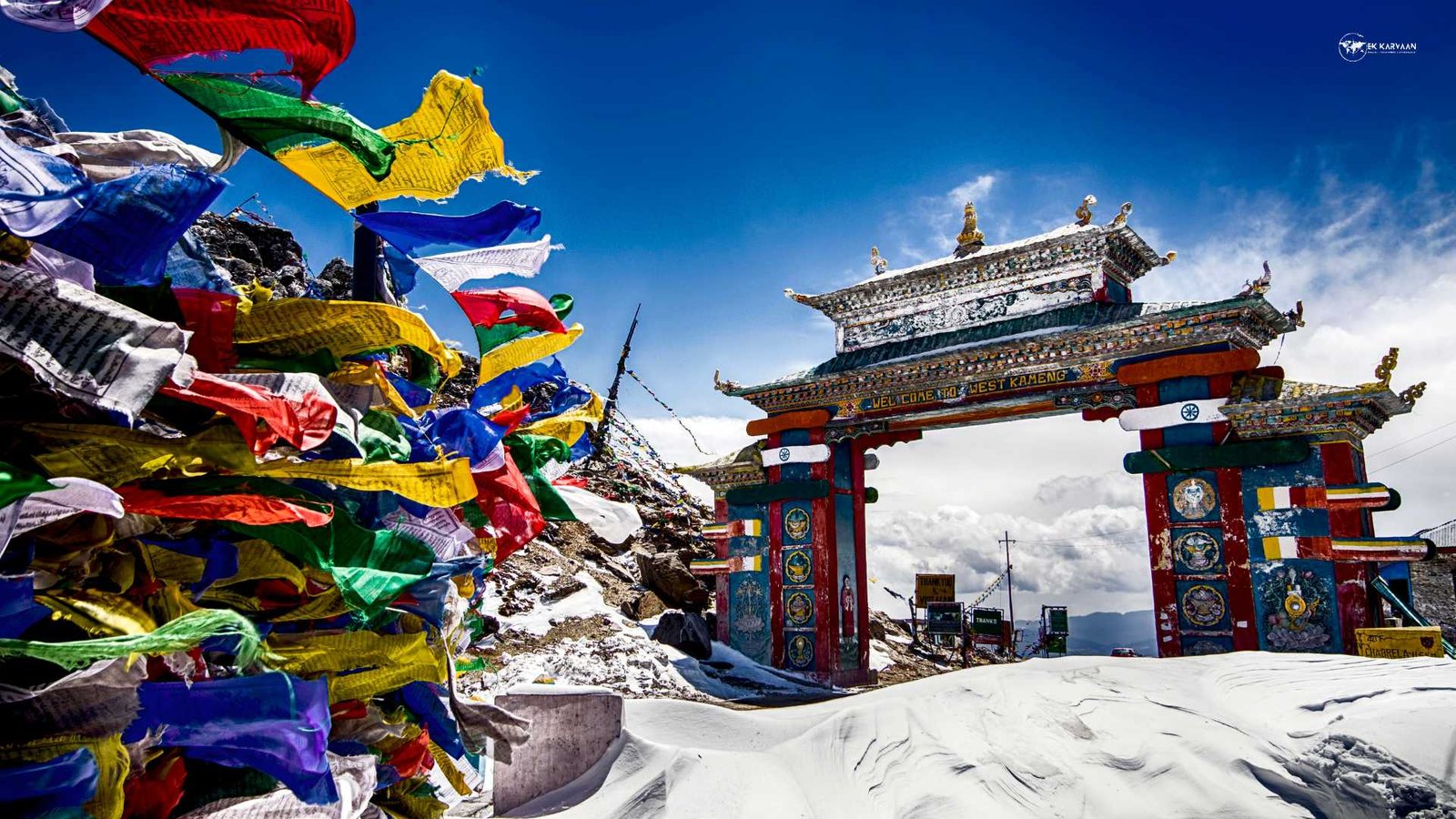Cost (+5% GST)
On Demand
Duration
8N/9D
Pickup/Drop
Kathmandu
Kathmandu Located in the foothills of the Himalayas of Nepal, the Kathmandu Valley World Heritage property is inscribed as seven Monument Zones. These monument zones are the Durbar squares or urban centers with their palaces, temples, and public spaces of the three cities of Kathmandu (Hanuman Dhoka), Patan, and Bhaktapur, and the religious ensembles of Swayambhu, Bauddhanath, Pashupati and Changu Narayan.
The religious ensemble of Swayambhu includes the oldest Buddhist monument (a stupa) in the Valley; that of Boudhanath includes the largest stupa in Nepal; Pashupati has an extensive Hindu temple precinct, and Changu Narayan comprises traditional Newari settlement, and a Hindu temple complex with one of the earliest inscriptions in the Valley from the fifth century AD.
The unique tiered temples are mostly made of fired brick with mud mortar and timber structures. The roofs are covered with small overlapping terracotta tiles, with gilded brass ornamentation. The windows, doorways and roof struts have rich decorative carvings. The stupas have simple but powerful forms with massive, whitewashed hemispheres supporting gilded cubes with the all-seeing eternal Buddha eyes.
Pokhara is a metropolitan city in the Western region of Nepal. It is a valley cradled among mountains and hills with meandering rivers. It is a major tourist destination due to its panoramic views. Once you enter the vicinity of this city, you are greeted with magnificent views of the mountains
Chitwan has a particularly rich flora and fauna and is home to one of the last populations of single-horned Asiatic rhinoceros and is also one of the last refuges of the Bengal Tiger. Chitwan National Park (CNP), established in 1973, was Nepal’s first National Park. Located in the Southern Central Terai of Nepal, it formerly extended over the foothills, the property covers an area of 93,200 hectares, and extends over four districts: Chitwan, Nawalparasi, Parsa, and Makwanpur.
The park is the last surviving example of the natural ecosystems of the ‘Terai’ region and covers subtropical lowland, wedged between two east-west river valleys at the base of the Siwalik range of the outer Himalayas. The core area lies between the Narayani (Gandak) and Rapti rivers to the north and the Reu River and Nepal-India international border in the south, over the Sumeswar and Churia hills, and from the Dawney hills west of the Narayani, and borders with Parsa Wildlife Reserve to the east. In 1996, an area of 75,000 hectares consisting of forests and private lands surrounding the park was declared as a buffer zone.
SHORT ITINERARY
- Day 01: Arrival at Kathmandu airport & transfer to hotel, Pashupatinath visit for aarti
- Day 02: Drive to Pokhara via Manakamana cable car & transfer to hotel.
- Day 03: Sarangkot Excursion & Pokhara City Sightseeing Tour.
- Day 04: Drive to Lumbini and sightseeing of Lumbini Birthplace of Lord Gautama Buddha.
- Day 05: Drive Chitwan(140 km/6-7 hrs.) & Tharu Village, Tharu Culture Dance.
- Day 06: Safari adventure activities in Chitwan National Park.
- Day 07: Drive back to Kathmandu & leisure day.
- Day 08: Kathmandu City Sightseeing tour, visit Jalanarayan Temple, Swayambhunath, Kathmandu Durbar squire
- Day 09: Departure transfer
Tour Plan
- Upon arrival at Kathmandu Airport, you will be greeted and assisted by our representative after completing your customs formalities,
- Transfer to hotel for check-in,
- Evening, attend aarti at Pashupatinath Temple and later drive back to hotel.
- Overnight at Kathmandu hotel.
- After breakfast drive to Pokhara (about 210 km, 8/9 hrs).
- En route visit Manakamana Temple by Cable Car darshan later continue to drive to Pokhara.
- Arrive in Pokhara and transfer to the hotel.
- Evening free to scroll around the lakeside market.
- Overnight at a Hotel in Pokhara.
- Early morning drive to Sarangkot hill for sunrise & Himalayan view (subject to weather conditions) drive back to hotel have breakfast afternoon Pokhara city sightseeing tour,
- Visit Bindabasini Temple, David waterfalls, Gupteshwor Mahadev Cave, Seti River Gorge, and one-hour boat ride on Phewa Lake and visit Taal Barahi Temple back to the hotel.
- Overnight at a Hotel in Pokhara.
- After breakfast drive to Lumbini. Arrive in Lumbini visit Mayadevi Temple (birth Place of Buddha), Ashoka Pillar Puskarni pound, World peace lamp & Monastries
- Later transfer to hotel for check-in.
- Overnight is at the Hotel in Lumbini.
- After breakfast drive to Chitwan.
- Arrive in Chitwan and transfer to the Hotel for check–in.
- Upon arrival, lunch will be served. Afternoon, visit Tharu Village.
- Evening, sunset, and Tharu Stick Dance.
- Overnight at a Hotel in Chitwan.
- After breakfast drive to Rapti River for Canoe ride (Crocodile watching) , Elephant Breeding Center, Jungle Walk and Elephant bath (during summer season only) then come back for lunch afternoon Elephant Back Safari at National Park
- Later drive back to hotel.
- Overnight at a Hotel in Chitwan.
- After breakfast drives back to Kathmandu.
- Upon arrival in Kathmandu transfer to hotel for check-in.
- Evening free for shopping at thamel market.
- Overnight is at a hotel in Kathmandu.
- After breakfast kathmandu city sightseeing tour, visit Bouddhanath Stupa (World heritage site), Jala Narayan Temple (Sleeping Vishnu), Swayambhunath Stupa (Monkey Temple), Kathmandu Durbar Square (Living God Kumari)
- Later back to Hotel.
- Overnight is at a Hotel in Kathmandu.
- After breakfast, the morning will be comparatively free and closer to the time of your flight,
- You will be transferred to the airport in time to board your flight for onward journey.
Included/Excluded
- Traditional welcome drink on arrival (Non alcoholic)
- Assistant Guide in arrival and departures / Hotels.
- Hotel Accommodation on double/Triple sharing basis.
- 3 Nights hotel Accommodation at Kathmandu on mention basis, 2 Nights hotel Accommodation at Pokhara on mention basis, 2 Nights hotel Accommodation at Chitwan on mention basis. and 01 Nights’ accommodation at Lumbini hotel on mention board basis
- Meals: (16 meals, Breakfast and Dinner only) From Day 1 Dinner to Day 9 Breakfast.
- Jungle activities (Tharu Dance,Elephant Safari, Canoe trip, Elephant Breeding center,Jungle walk)
- Chitwan National Park fee.
- English/Hindi speaking tour guide above 10 pax basis
- 01 liter mineral water will be serve during trip
- All sightseeing and excursions as mentioned in the itinerary.
- All transfers & sightseeing by private Air condition vehicle.
- All vehicle parking fees at the attractions.
- Vehicles are not to be at disposal and are available as per itinerary only (point to point basis).
- All current government taxes as applicable.
- International Flight Airfare & Train fares .
- Entrance fees.
- Expenses due to the situation beyond our control (Such as; landslides, natural calamities, road blockade, political disturbance, flight cancellation etc.)
- Expenses of personal Nature.
- Medical expenses.
- Manakamana Cable Car tickets.
- Boat ride fee on Phewa Lake.
- Monuments entrance fees as applicable & payable fee on the spot.
- Other Services not mentioned in cost including.
- Personal Insurances.
C0st
- Cost depends on number of Travelers and hotel category.
Note: Voter Card or Passport is mandatory for Indian air passengers.
Cancellation Policy | Terms & Conditions
Hotels
Kathmandu
- 3 Stars: Hotel Manang/ Hotel Mahabir Palace / Similar
- 4 Stars: Hotel Grand/ Hotel Aakama/ Similar
- 5 Stars: Hotel Malla/Hotel Aloft/ Similar
Pokhara
- 3 Stars: Hotel Dandelion /Hotel Batika / Similar
- 4 Stars: Mount Kailash Resort/Hotel Landmark /Similar
- 5 Stars: Temple Tree Resort & Spa/ Similar
Chitwan
- 3 Stars: Hotel Green mansions/ Similar
- 4 Stars: Landmerk Forest Park/ Similar
- 5 Stars: Hotel Green Park/ Similar
Lumbini
- 3 Stars: Hotel Mourya /Similar
- 4 Stars: Buddha Maya Garden/ Similar
- 5 Stars: Tiger Place Resort /Similar
Note
- Itineraries can be changed as per the flight schedule, guest choice, your advice & the required conditions.
FOR CHILDREN
- Children above 2.5 yrs up to 5 yrs, free of cost.
- Children above 5 yrs up to 10 yrs without extra bed, 50% chargeable from the package cost.
- Children above 5 yrs up to 10 yrs with extra bed, 75% chargeable from the Package cost.
- Children above 10 years will be treated as adults.
Tour Images
Our Instagram Feeds
You May Like
Choose Us for Seamless Adventures.


We Built The Organization With Everything We Have. In The First Few Groups, Trekkers And Travelers Almost Brought Out Machine Guns, Giving Us Harsh Feedback. But Deep Inside, They Truly Appreciated The Concept Of EK KARVAAN.
और आज! “Banate Tour Par Hum Khud Bane Hai Tumse”.
EK KARVAAN Works Across Time Zones, Hemispheres, Cultures, And Languages. We’re Used To Breaking Things Down And Building Them Back Up Again Until They’re Even Better. We Know Travel Can Be Hard, But We Also Know That It’s Worth It Every Time. We Take Our Roles Seriously. We’re Here To Build Great Products, And Facilitate Connections Between Travelers And Our Partners That Truly Bring Good Into The World.
Corporate
© 2020 – 25 ekkarvaan All Rights Reserved.


